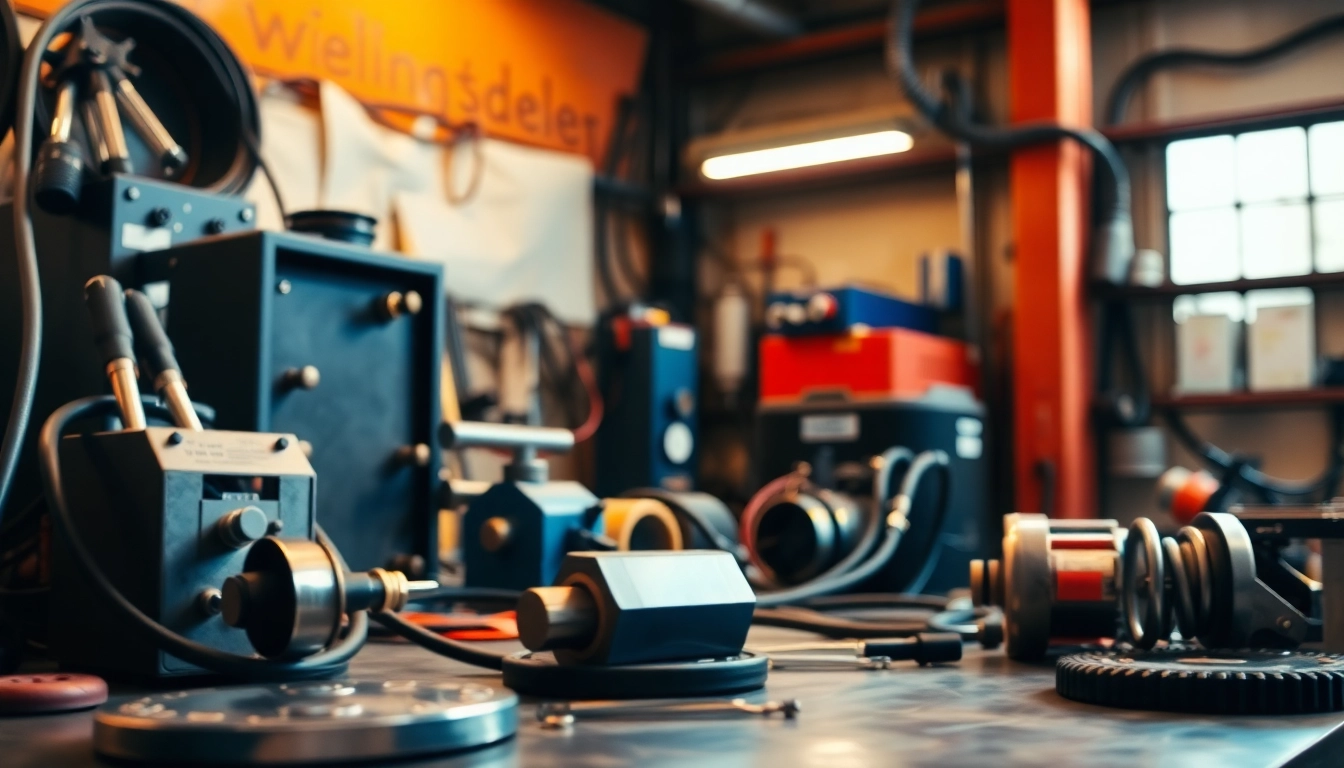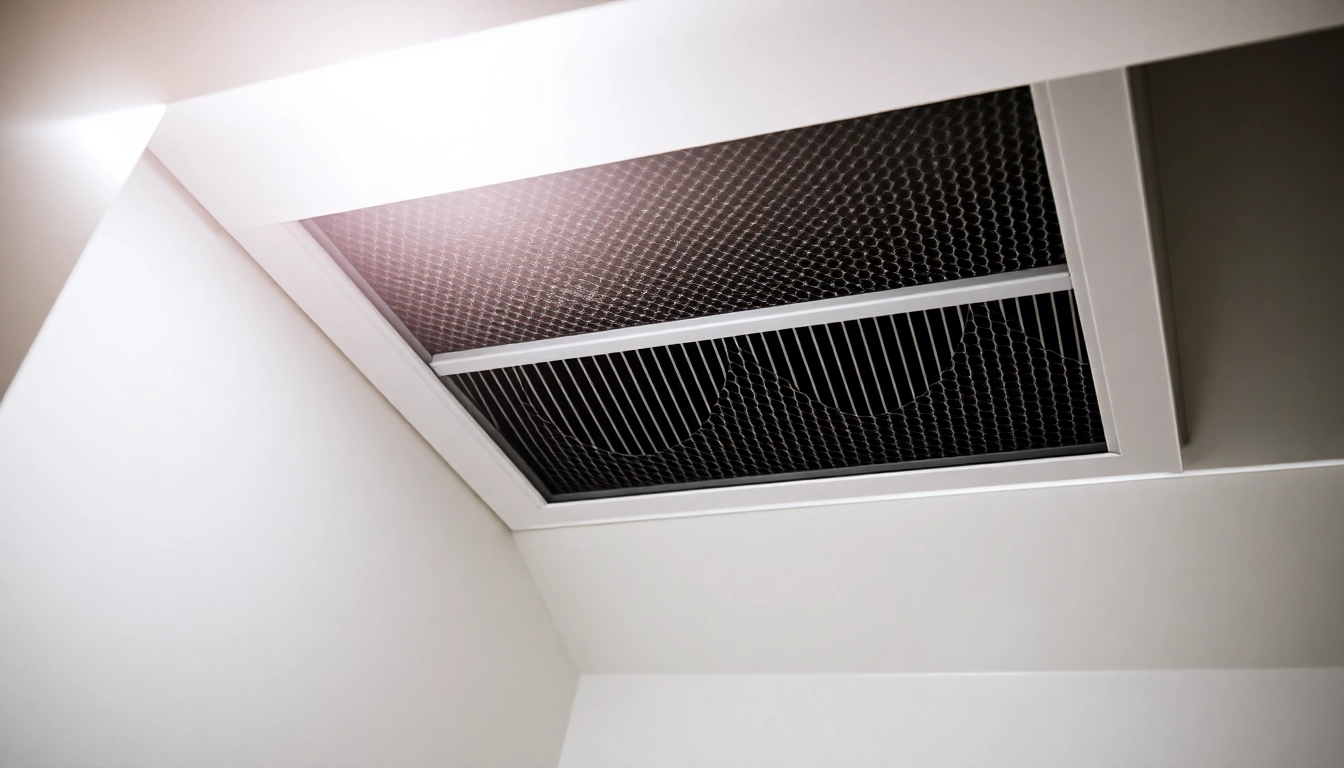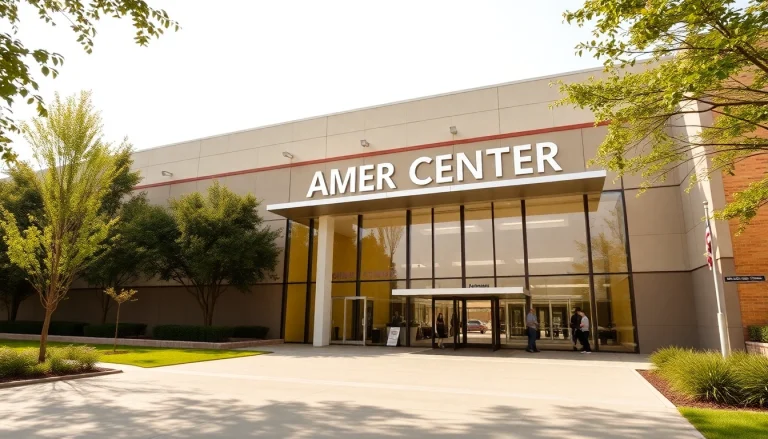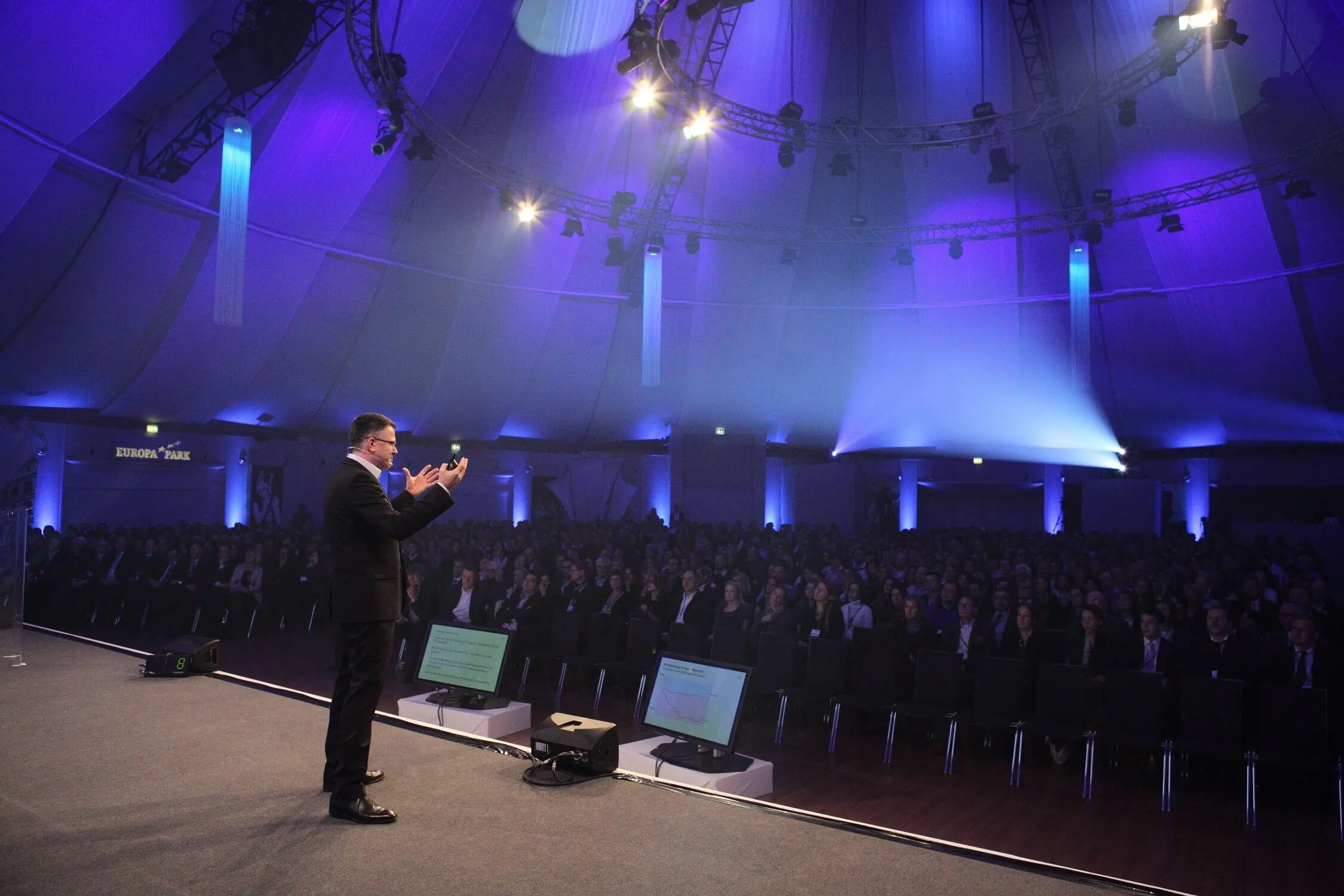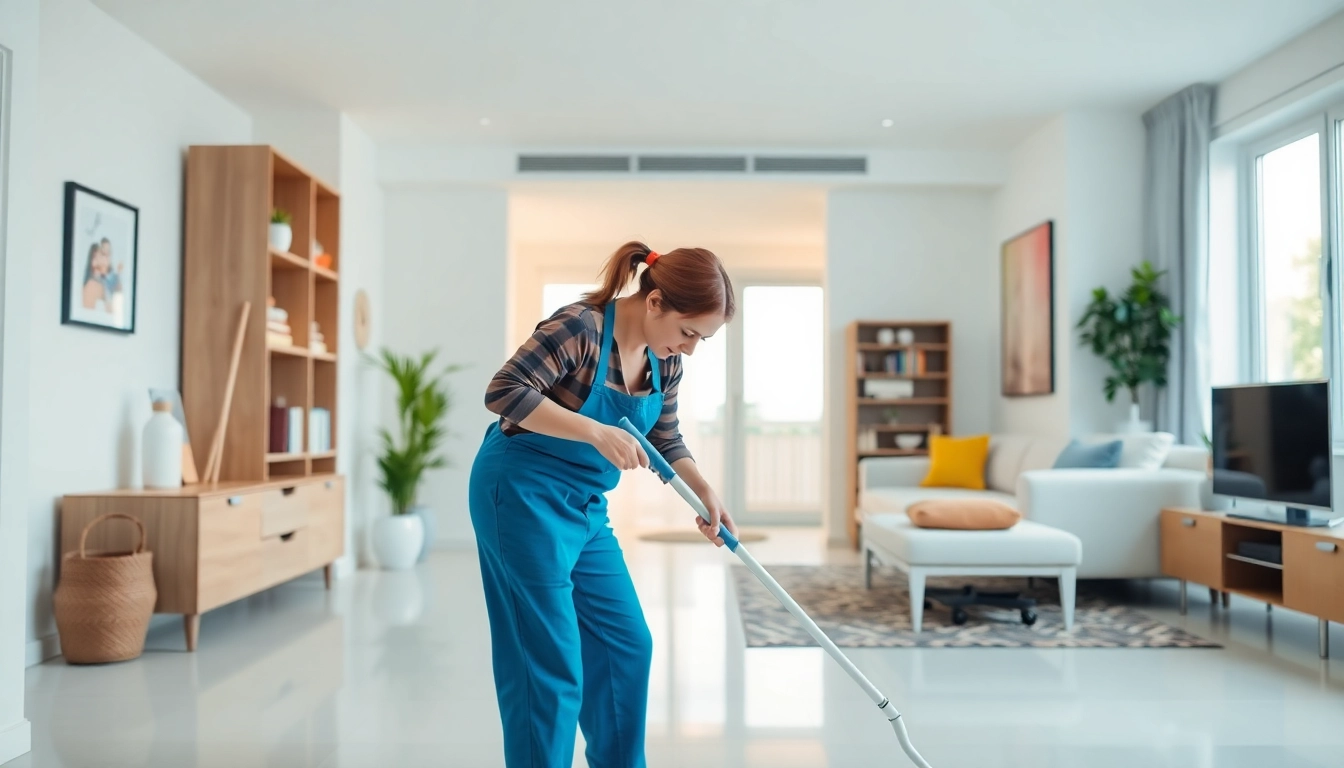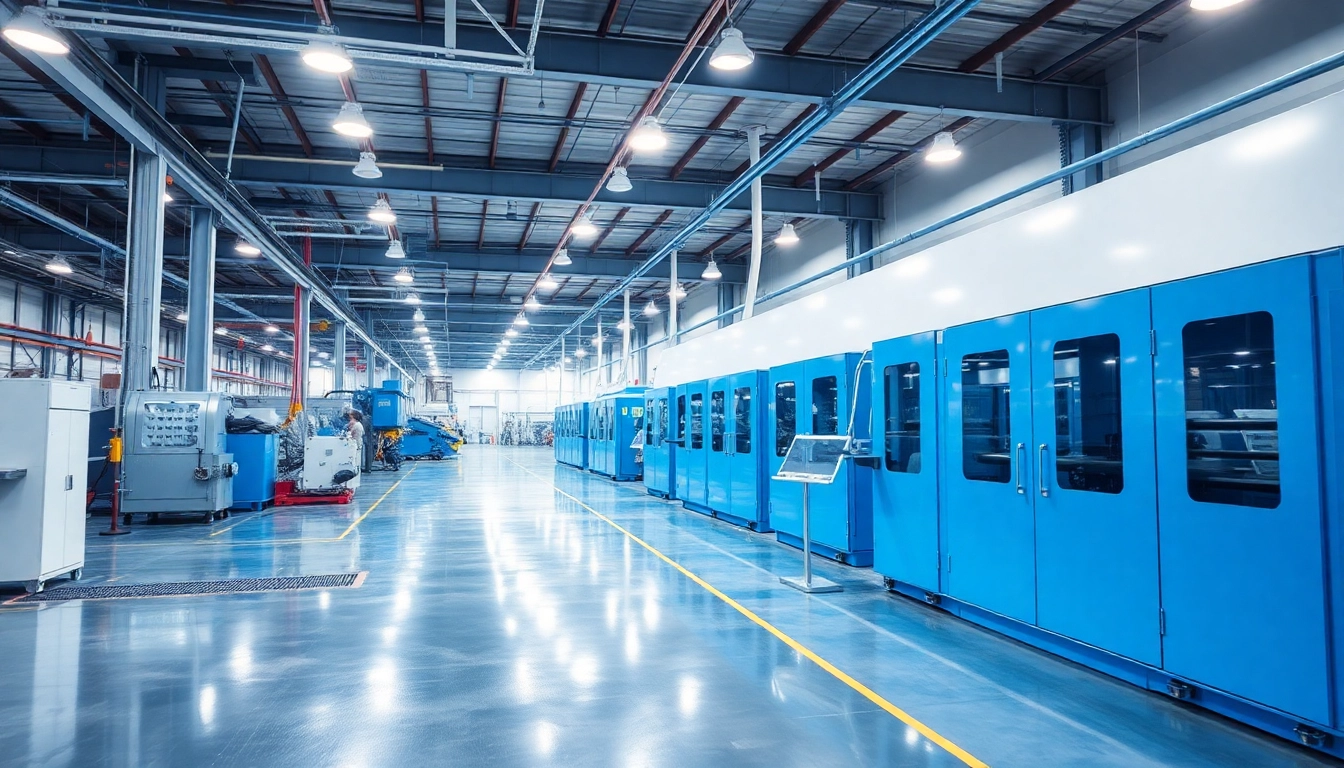
Understanding Ecoating: What You Need to Know
Defining Ecoating and Its Applications
Ecoating, also known as electrophoretic painting or e-coating, is a finishing process where paint is applied to a conductive substrate through an electrical charge. This method is renowned for its ability to offer a uniform, durable coating that’s not only aesthetically pleasing but also highly resistant to harmful environmental factors. Common applications of ecoating span various industries, including automotive, aerospace, and industrial manufacturing. For instance, the automotive industry heavily utilizes this technique to enhance rust resistance and improve the overall longevity of vehicle parts.
How Ecoating Differs from Other Coating Methods
When comparing ecoating to other traditional methods, such as spray painting or powder coating, several key distinctions arise. Firstly, ecoating utilizes an electrical charge that attracts the paint particles to the substrate, ensuring an even coating across complex shapes and surfaces. In contrast, spray painting often leads to overspray, requiring additional cleanup and warranty considerations. Additionally, the ecoating process involves a water-based paint that is less harmful to the environment, aligning with today’s commitment to sustainability. Ecoating is particularly advantageous for components with intricate geometries as it coats internal crevices that other methods may miss.
Benefits of Ecoating in Various Industries
Ecoating offers a plethora of advantages across multiple sectors. For example, in the automotive industry, it not only provides corrosion protection but also enhances the adhesion of subsequent layers of paint. A study showed that vehicles treated with e-coating exhibited up to 10 times more resistance to corrosion than those that were not. Moreover, ecoating is compatible with a range of substrates, including metals and plastics, making it versatile for various applications. Other industries, such as electronics, also benefit from ecoating, as it ensures a smooth finish while protecting sensitive components from oxidation and moisture damage.
Ecoating West Midlands: Industry Leaders and Services
Top Ecoating Providers in the West Midlands Region
The West Midlands is home to several leading ecoating service providers, known for their exceptional quality and expertise. Companies like ecoating west midlands have established themselves as reliable sources for businesses needing specialized coatings. Notably, Plastic Coatings Limited is recognized for its advanced technological capabilities in electrophoretic painting, catering to various sectors, including automotive and industrial manufacturing. Meanwhile, companies like Malcolm’s ACP focus on innovative surface coatings, demonstrating the region’s commitment to excellence in finishing services.
Evaluating Ecoating Service Quality and Expertise
When choosing an ecoating provider, assessing service quality is paramount. Key factors to consider alongside expertise include facility certifications, environmental compliance, and customer testimonials. Accreditation such as ISO can signify a commitment to quality and safety standards. Additionally, evaluating past projects can offer insights into a provider’s capability to manage specific requirements, providing potential clients with assurance in their operational methodologies.
Environmental Impact of Ecoating Technologies
Ecoating technologies make a conscious effort to reduce environmental footprint. Unlike conventional coating processes that emit volatile organic compounds (VOCs), modern ecoating strategies utilize water-based paints with minimal or no VOC emissions. This not only decreases air pollution but also aligns with sustainability initiatives prevalent within industries today. Furthermore, the efficiency of ecoating processes allows for reduced paint wastage, further enhancing the environmental benefits of adopting these technologies.
Choosing the Right Ecoating Process for Your Needs
Factors to Consider for Your Ecoating Project
Choosing the right ecoating process is integral to the success of your project. Considerations should include the nature of the substrate material, the specific environmental conditions the final product will face, and the desired finish quality. Understanding these elements will help guide your decision towards the most suitable ecoating process to meet your needs. For instance, if you require a high level of corrosion resistance for outdoor applications, selecting a more robust ecoating may be essential.
Custom Ecoating Solutions: What Are Your Options?
Custom ecoating solutions are abundant, catering to unique project requirements. Many providers offer tailored services, allowing for adjustments in coating thickness, paint types, and curing processes. Additionally, clients can opt for specific colors or textures to match branding or aesthetic needs. Engaging with a provider who understands the necessity of customization can enhance functionality and appeal, ultimately leading to improved product performance in the market.
Common Mistakes to Avoid in Ecoating Projects
In any ecoating project, awareness of common pitfalls can prevent costly errors. A prevalent mistake involves overlooking substrate preparation, which is critical to adhesion and finish quality. Inadequate cleaning or surface treatment can lead to premature coating failures. Additionally, failing to communicate project specifications clearly with the coating provider may result in misaligned expectations. Establishing a clear project scope and ensuring rigorous surface preparation processes can help mitigate these risks.
Cost Considerations for Ecoating Services in West Midlands
Average Pricing for Ecoating Services
The cost of ecoating services in the West Midlands can vary widely based on several factors, including the complexity of the project, the type of substrate involved, and the specific ecoating process chosen. On average, clients may expect to pay between £15 to £50 per square meter for standard ecoating services. However, intricate designs or heightened corrosion resistance requirements may elevate this cost. Gathering quotes from multiple providers and performing thorough cost analyses can facilitate budget-friendly decisions.
Budgeting for Ecoating: Cost vs. Value Assessment
Budgeting for ecoating services requires a delicate balance between upfront costs and long-term value. While the initial investment may seem substantial, the benefits of enhanced durability, reduced maintenance requirements, and improved product aesthetics often outweigh these costs. When calculating total ownership costs, consider factors such as lifecycle maintenance, potential repair expenditures, and the projected lifespan of the coating. This comprehensive financial assessment will enable companies to justify their investments in ecoating.
Financing Options for Large Ecoating Projects
For large-scale ecoating projects, understanding available financing options is critical. Many firms offer leasing agreements or installment payment plans, allowing businesses to spread the cost over an extended period. Some providers also have partnerships with financial institutions to facilitate tailored loans. In addition, exploring government grants or incentives geared towards environmentally-friendly manufacturing practices can alleviate some financial burdens, further supporting sustainability initiatives.
Future Trends in Ecoating Technology
Innovations Shaping the Future of Ecoating
The ecoating industry is continuously evolving, driven by innovations that enhance both effectiveness and sustainability. Advances in paint formulations, such as the introduction of nanotechnology, are beginning to offer superior performance characteristics, including increased scratch resistance and self-cleaning properties. Moreover, ongoing research into advanced curing technologies is paving the way for eco-friendly processes that expedite drying times, ultimately streamlining production workflows.
The Role of Automation in Ecoating Processes
Automation is becoming an integral part of the ecoating landscape, with significant developments in robotics and artificial intelligence enhancing efficiency and precision. Automated systems are being deployed for substrate preparation, coating application, and quality inspections, leading to minimal human error and optimized resource use. This shift towards automation not only improves production rates but also positions companies at the forefront of technological advancements within the industry.
Sustainability Trends Impacting Ecoating Methods
Sustainability is a prevailing trend influencing ecoating methods, with increasing demand for environmentally-friendly practices. Providers are focusing on the development of bio-based paints and coatings derived from renewable resources, effectively reducing reliance on fossil fuels. Additionally, the push for zero-waste production processes is prompting manufacturers to innovate ways to recycle wastewater and recover solvents, ensuring that the ecoating process contributes positively towards a circular economy.
